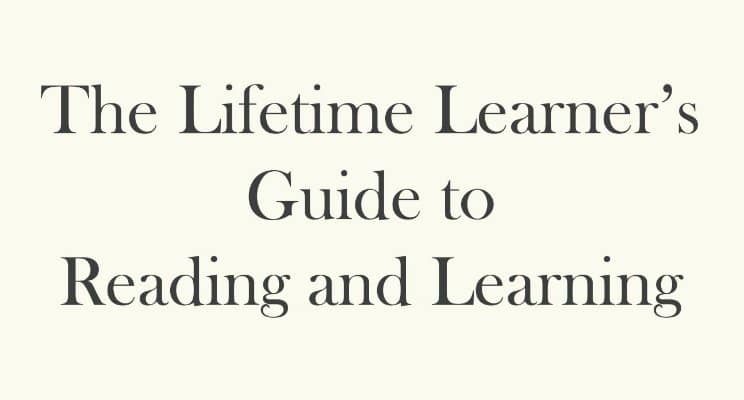|
Each Monday I continue with another section of my 2001 book, Hoover’s Vision. Today I reprint some of the gateways (reading and other recommendations) relevant to the current chapters, which are about how to understand change through time. Some of the most important ideas in the book — about how to study curves — will be posted next Monday.
Gateways to Thinking and Learning about History
Two books that will make you think are Nonzero: The Logic of Human Destiny by Robert Wright and The Modern Mind: An Intellectual History of the 20th Century by Peter Watson, which is one of my favorite books of the last year. For basic reference, or browsing, try Oxford Companion to United States History edited by Paul S. Boyer. Finally, be prepared to think big picture if you pick up The Collapse of Complex Societies by Joseph A. Tainter. Other fascinating historians who have tackled the “big picture” include Fernand Braudel and Will and Ariel Durant.
Learn More about the Baby Boom
The key books here are Age Power: How the 21st Century Will be Ruled by the New Old and Age Wave: How the Most Important Trend of Our Time Will Change Your Future by Ken Dychtwald, as well as The Roaring 2000’s: Building the Wealth and Lifestyle You Desire in the Greatest Boom in History and The Roaring 2000’s Investor: Strategies for the Life You Want by Harry S. Dent, Jr. But read my comments about the aging baby boom before you buy into these ideas 100%.
Learning More about People and Trends
The Clustered World: How We Live, What We Buy, and What It All Means About Who We Are by Michael J. Weiss. One of the best writers about the consumer. Clustering is a system for grouping people according to their lifestyles – very insightful. Time for Life: The Surprising Ways Americans Use Their Time by John P. Robinson and Geoffrey Godbey – the experts on time studies, an under-emphasized aspect of knowing the customer. One of the very few people who looks at the long-term trends is Stanley Lebergott; his key title is Pursuing Happiness: American Consumers in the Twentieth Century. To look at where people stand today, try Myths of Rich & Poor: Why We’re Better Off Than We Think by W. Michael Cox and Richard Alm, which contains lots of upbeat data about the US and its people, and The Social Health of the Nation – How America is Really Doing by Marc Miringoff and Marque-Luisa Miringoff – a more “pros and cons” view of where America stands, but again based on looking at hard facts. Three very visual books, full of great graphs, are It’s Getting Better All the Time: Greatest Trends of the Last 100 Years by Stephen Moore and Julian L. Simon, The Illustrated Guide to the American Economy by Herbert Stein and Murray Foss, and The First Measured Century: An Illustrated Guide to Trends in America, 1900-2000 by Theodore Caplow, Louis Hicks, and Ben J. Wattenberg – a wonderful book, linked to a PBS series. To understand more about minorities in and immigrants to the US, the best source is a textbook, Strangers to These Shores: Race and Ethnic Relations in the United States by Vincent N. Parrillo.
|











